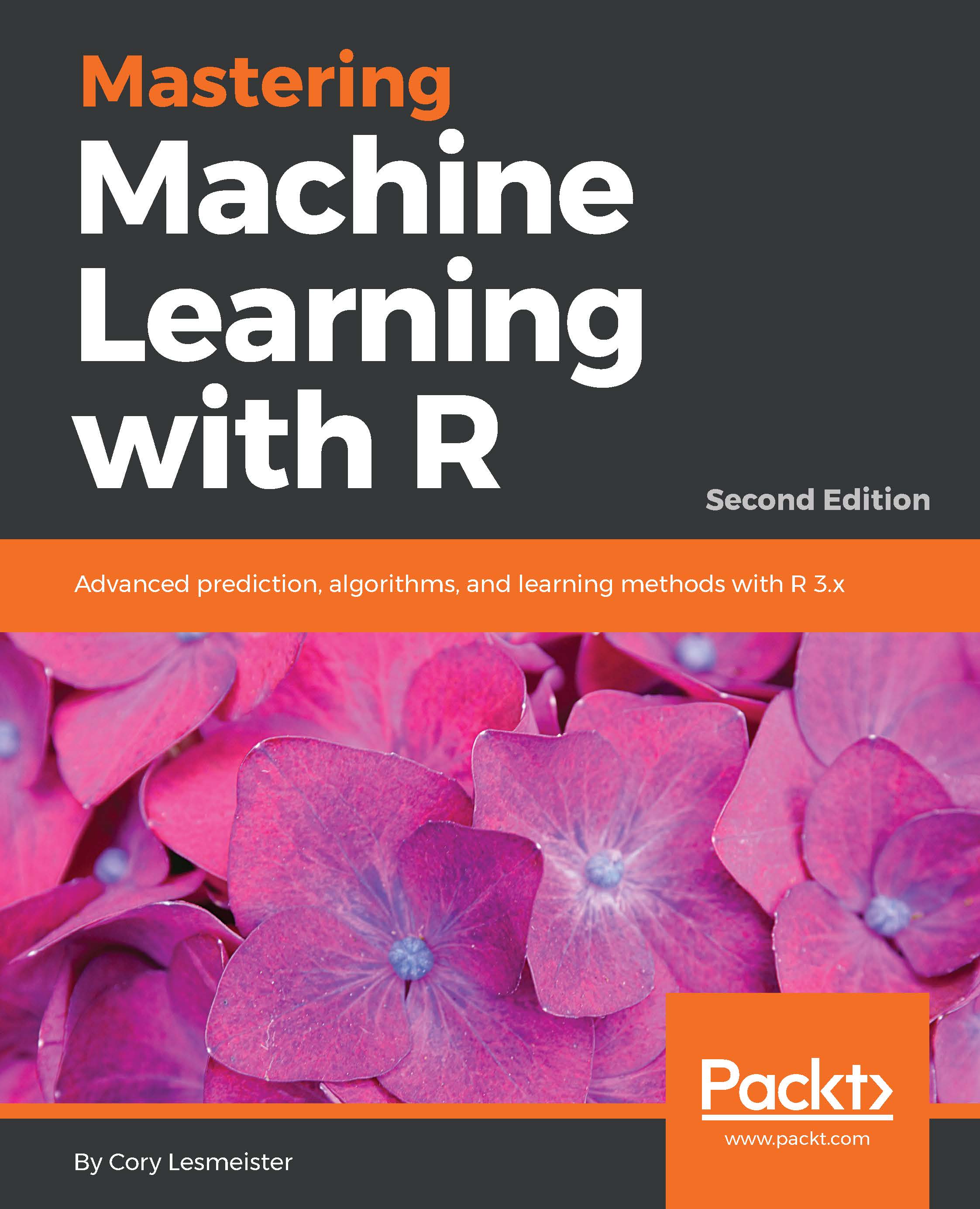"The classifiers most likely to be the best are the random forest (RF) versions, the best of which (implemented in R and accessed via caret), achieves 94.1 percent of the maximum accuracy overcoming 90 percent in the 84.3 percent of the data sets."
- Fernández-Delgado et al. (2014)
- Fernández-Delgado et al. (2014)
This quote from Fernández-Delgado et al. in the Journal of Machine Learning Research is meant to demonstrate that the techniques in this chapter are quite powerful, particularly when used for classification problems. Certainly, they don't always offer the best...


